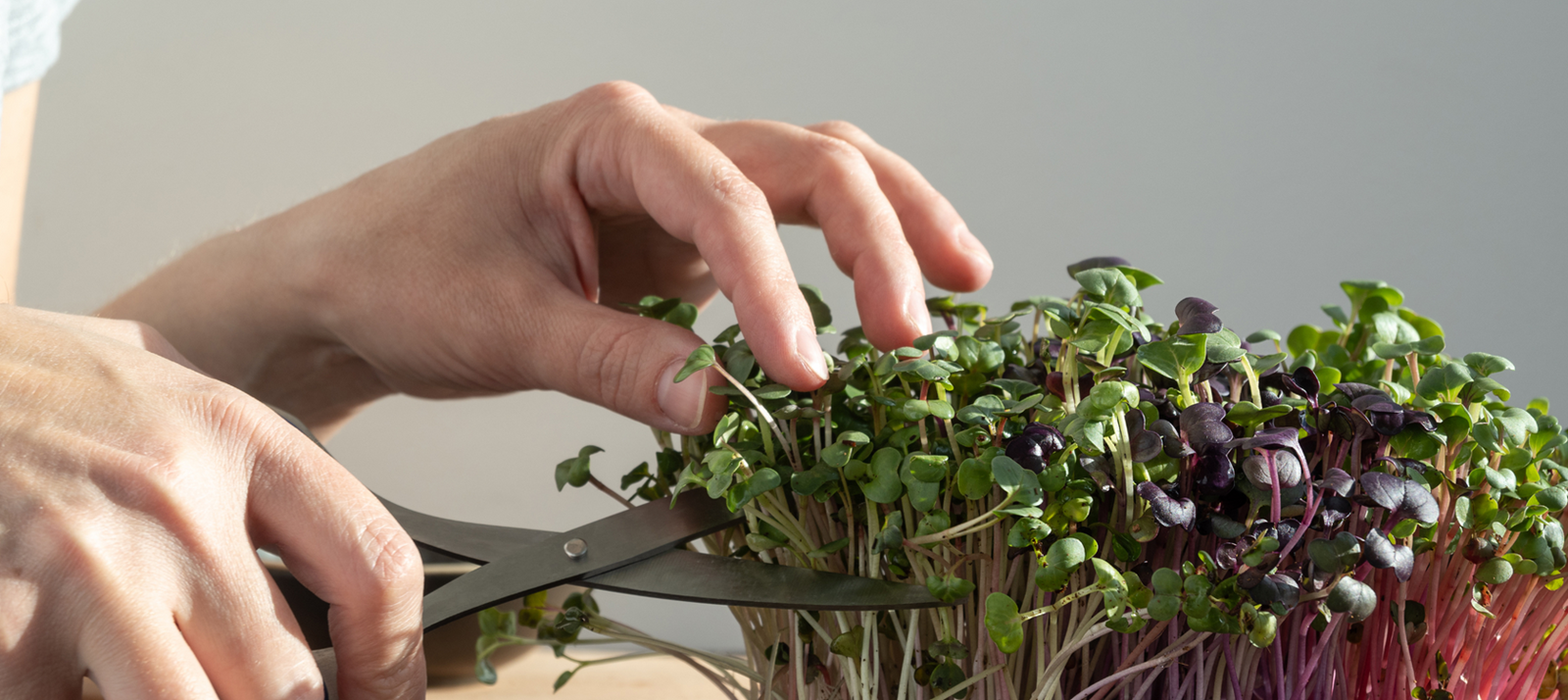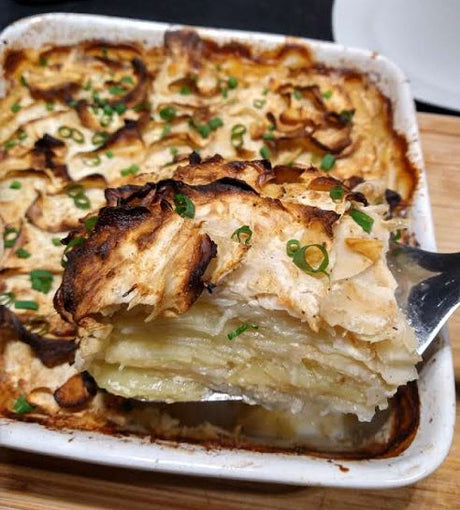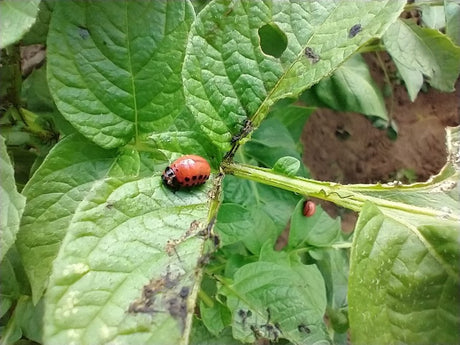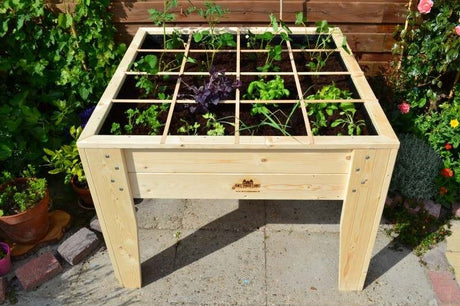Table of Contents:
There are some good habits you can easily adopt. And they're fun, too. Want fresh, nutritious sprouts on your plate every day without a large garden? Then this growing guide is for you. With this guide, you can easily grow your own sprouts at home, including practical tips for the entire process.
Sprouts (like broccoli sprouts, garden cress, and bean sprouts) are young shoots packed with vitamins, enzymes, and pure flavor. During the darker months, they're a clever way to add extra strength and color to your food. The 10-step plan below is a handy guide that anyone can follow, even if you've never grown anything before. With these 10 steps, you'll learn how to grow crunchy sprouts efficiently, cleanly, and purposefully—even on a windowsill.

What are sprouts?
Sprouts are essentially just young plants just poking their heads above the ground. Instead of patiently waiting for them to grow into large plants, you can pick these little powerhouses when they're just a few days old. Convenient, right? They have a soft, mild flavor and are packed with minerals, antioxidants, and other beneficial nutrients. Their delicate texture and fresh taste make them perfect for eating straight from the hand or tossing into all your favorite dishes. You can sprinkle them on your salad, stir them into your soup, or simply use them as a tasty finishing touch wherever you fancy. This way, you can easily give your daily meals a healthy boost—and they taste great, too.










